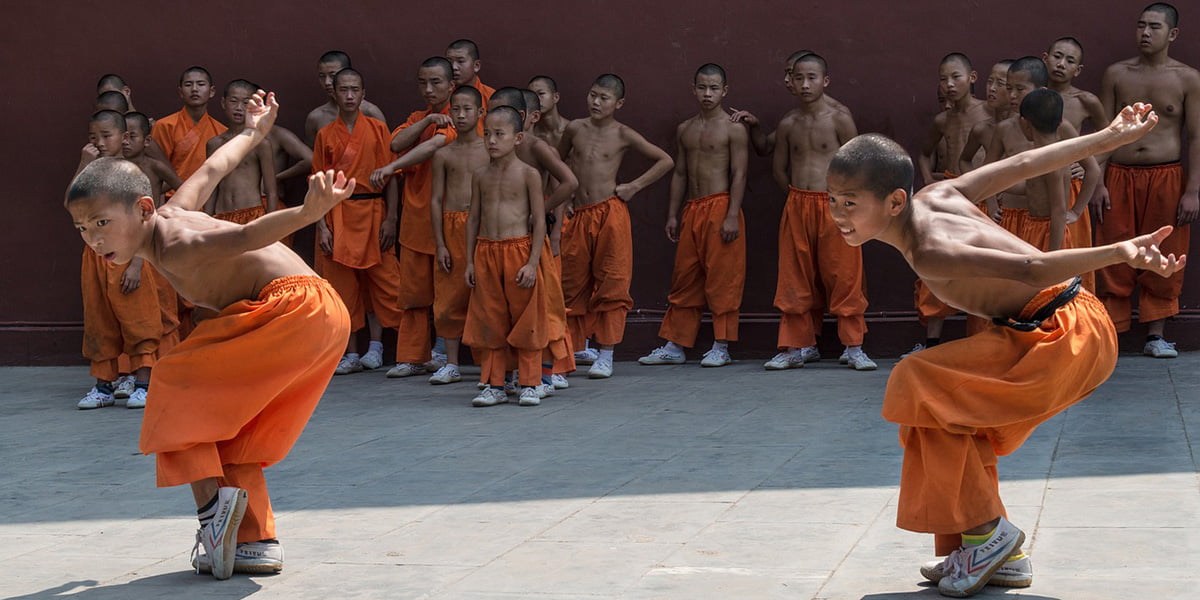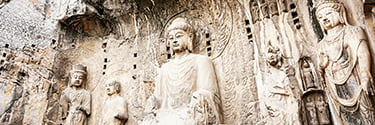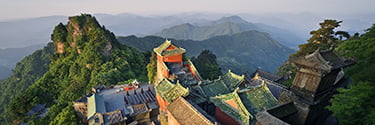Discovering China’s Enigmatic Terracotta Army: A Timeless Journey of Heritage and Exploration
The narrative of China’s rich tapestry of culture, history, and artistry is vast, and among its most enigmatic chapters is the tale of the Terracotta Army. These larger-than-life statues, frozen in time yet echoing tales of an era gone by, have long fascinated historians, archaeologists, and travelers alike. If you’ve ever felt the allure of ancient mysteries and the call to explore them, the Terracotta Army is a saga waiting to be unveiled, and what better way than to merge this historical journey with a captivating travel experience.
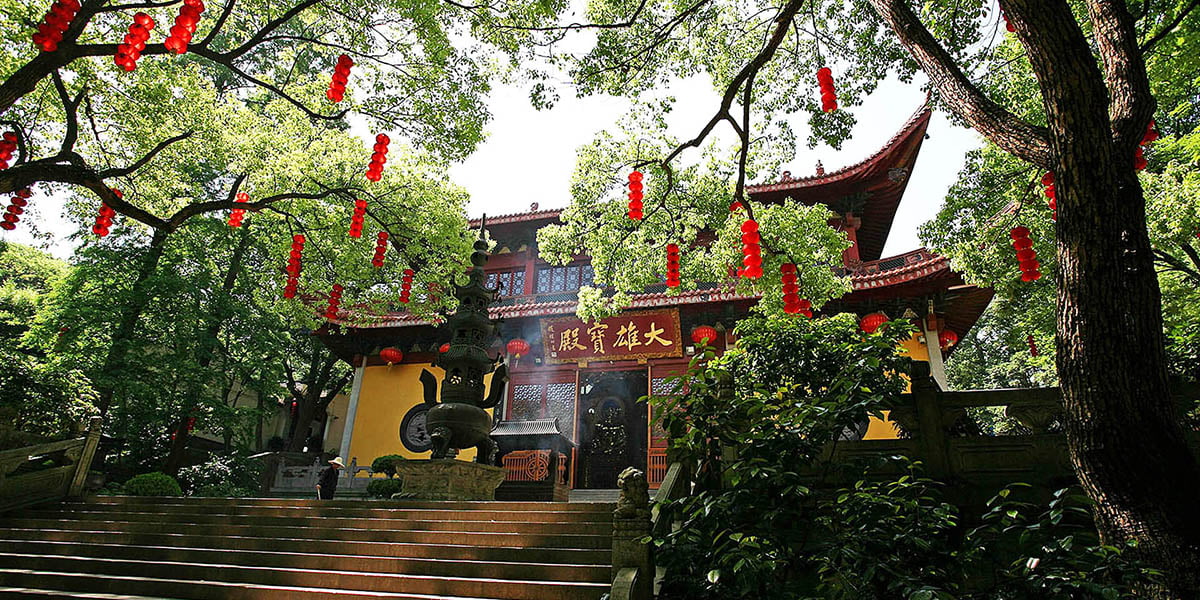
The Mystery Beneath Earth: The Unearthing of the Terracotta Army
In the spring of 1974, local farmers in the Shaanxi province were digging a well when they stumbled upon what would be known as one of the most significant archaeological discoveries of the 20th century: the Terracotta Army. Guarding the tomb of China’s first emperor, Qin Shi Huang, these life-sized statues represent the military might of an empire that was unparalleled in its time.
Yet, it wasn’t just their mere presence that stunned the world, but the meticulous detail with which each statue was crafted – no two faces are identical, each armor plate is distinctive, and even their hairstyles vary, representing a wide cross-section of Qin’s vast domain.

Emperor Qin Shi Huang and His Eternal Guard
But why did Emperor Qin Shi Huang commission such a vast, intricate mausoleum? Known for his ambition, he unified the warring states into what became the foundation of modern China. For Qin, defeating death was the ultimate ambition. If he could rule a vast empire in life, why not have an army to accompany him in the afterlife?
Thus began the construction of this tomb, employing thousands and spanning decades. It became a testament to both the emperor’s imperial vision and the artistic prowess of ancient China.
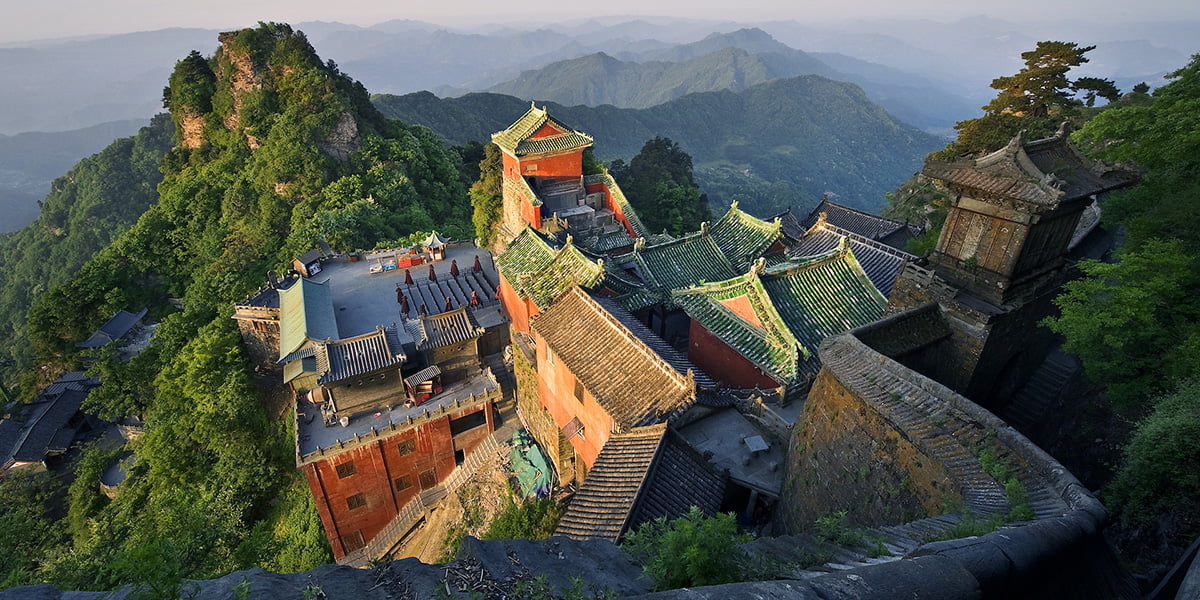
Traveling to the Heart of the Mystery: Xi’an
Today, this incredible historical site lies close to Xi’an, once the ancient capital and the starting point of the famed Silk Road. Xi’an has always been on the radar of history buffs, and the discovery of the Terracotta Army further cemented its place as a must-visit destination in China.
As you walk through the pits at the Terracotta Army Museum, it’s as if time slows. There, in ordered rows, stand the silent sentinels of history – infantry, archers, chariots, and horses, each one a silent witness to China’s tumultuous past.
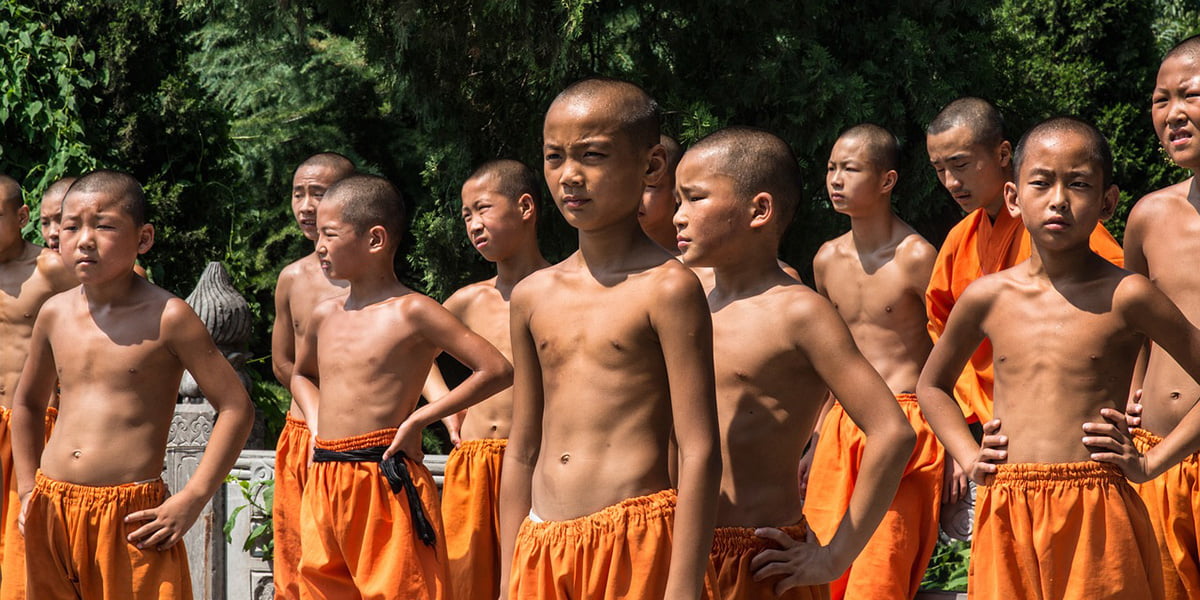
Hidden Secrets of the Terracotta Warriors
While many know of their existence and the broad history, there are lesser-known curiosities that make these statues even more intriguing:
- Colors of the Past: When first unearthed, these warriors were not the monochromatic terracotta we see today. They were vividly painted, showcasing rich details. Over time, exposure to air caused the paint to flake off, robbing us of a colorful glimpse into the past.
- Weapons of Precision: Many of the warriors were found holding real weapons, which were astonishingly well-preserved. What’s more, the bronze weapons like swords, spears, and crossbows were found to be coated with a thin layer of chromium, a technology that the West only started using in recent times.
- Unique Faces, Shared Ears: Each warrior has a distinct face, believed to be modeled after real soldiers of the time. Interestingly, there’s a theory that suggests while the faces vary, the ears – which are as unique as fingerprints – are more standardized. This could indicate a production method where artists had leeway on facial features but used standard molds for the ears.
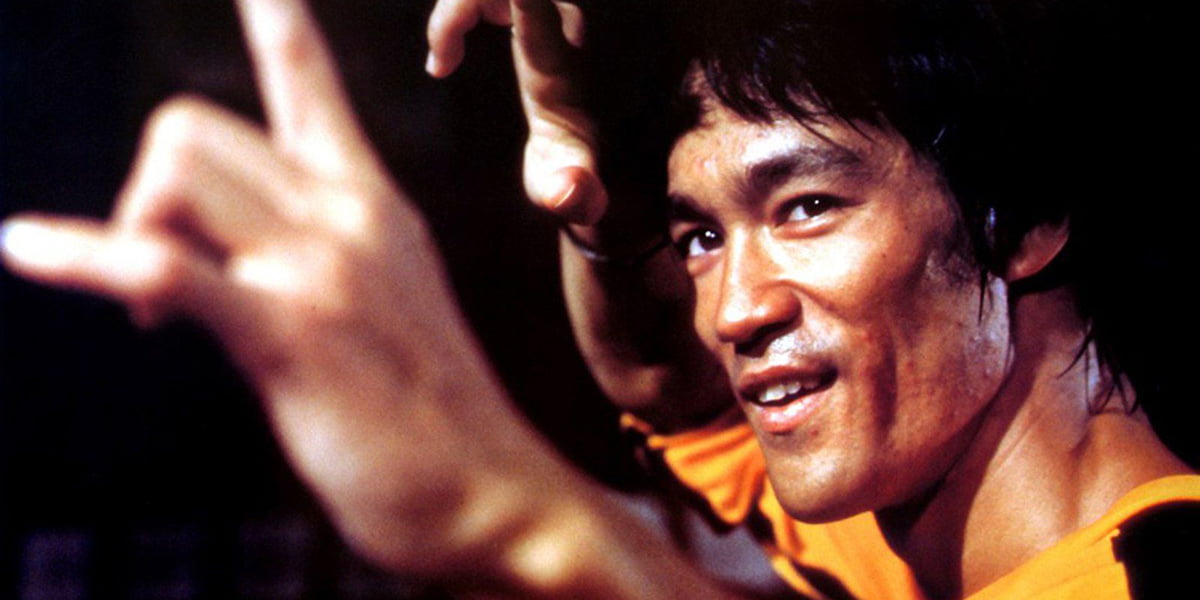
Beyond the Warriors: Exploring Xi’an
But Xi’an isn’t just about these terracotta figures. The ancient city walls, the bustling Muslim Quarter with its unique blend of Chinese and Islamic cultures, and the Big Wild Goose Pagoda are just a few of the many treasures waiting to be explored. The blend of the ancient with the modern provides a comprehensive travel experience that is quintessentially Chinese.
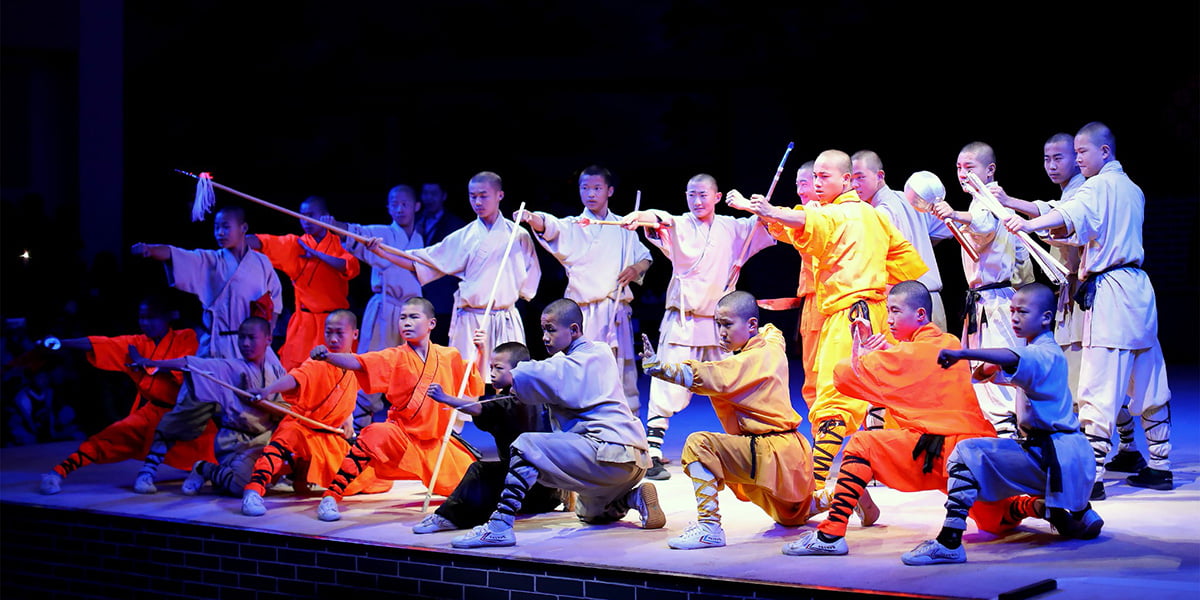
Connecting the Dots: The Terracotta Army and Travel in China
The discovery of the Terracotta Army opened doors not just to Xi’an but sparked an interest in the myriad of historical treasures scattered across China.
- Beijing: As the heart of China, Beijing is home to the Forbidden City, the sprawling palace complex from where emperors ruled. The Great Wall, snaking its way over hills and valleys, stands as a testament to China’s architectural genius.
- Luoyang: Another ancient capital, Luoyang is known for the Longmen Grottoes, a series of caves adorned with Buddhist art that spans centuries, providing a contrast to the Terracotta Army in terms of spiritual artistry.
- Chengdu: While famous for its pandas, Chengdu also houses the Sanxingdui Museum, showcasing a mysterious ancient culture with unique bronze artifacts, adding another layer to the Chinese historical narrative.
The Terracotta Army serves as a focal point, but the radiating lines of interest lead travelers to all corners of this vast nation.
The Journey Awaits: Immerse in a Timeless Odyssey
Traveling to China, with the Terracotta Army as the centerpiece, offers more than just a trip; it’s a deep dive into a civilization that has shaped the world in countless ways. Whether you’re a history enthusiast, an art lover, or just someone looking for a travel experience that is profound and enriching, the tale of the Terracotta Army beckons.
So, as you pack your bags and set out to explore, remember: in every corner of China, in every artifact and every monument, there’s a story waiting to be told, a mystery to be unraveled, and a journey to be undertaken. Let the Terracotta Army be your starting point in this grand Chinese odyssey. Safe travels!


